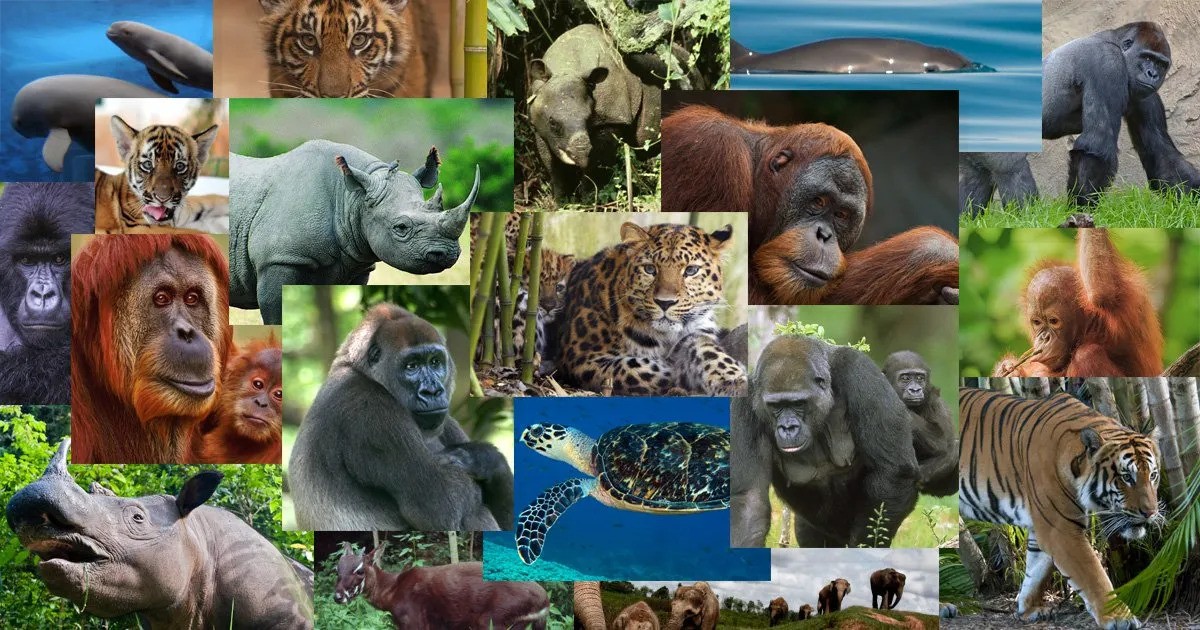The natural world is a tapestry woven with intricate threads of diverse animal communities. From the bustling colonies of ants to the majestic herds of elephants, every species plays a vital role in shaping its ecosystem. Exploring these communities unveils not only their fascinating dynamics but also provides insights into the delicate balance of nature. Join me on a journey as we delve into the world of animal communities, from the tiny to the towering vögel.
Ant Colonies: Microcosms of Cooperation Let’s start our exploration with perhaps one of the most intriguing animal communities – ant colonies. Despite their small size, ant colonies are incredibly complex societies where each member has a specific role to play. From foragers gathering food to workers tending to the queen and her offspring, every ant contributes to the colony’s success. Through intricate communication systems involving pheromones and tactile cues, ants coordinate their activities seamlessly, demonstrating remarkable levels of cooperation and organization. These miniature communities serve as a testament to the power of collaboration in achieving common goals.
Bee Hives: The Hive Mind at Work Similar to ants, bees also form highly organized communities known as hives. Within these hives, thousands of individual bees work together in perfect harmony to support the colony’s survival. The division of labor is striking, with worker bees undertaking tasks such as nursing larvae, foraging for nectar and pollen, and building and maintaining the hive structure. The queen bee, meanwhile, lays eggs to ensure the hive’s continued growth. Through intricate dances and pheromone signals, bees communicate vital information about food sources and potential threats, exemplifying the collective intelligence of the hive mind.
Meerkat Mobs: Family Bonds and Sentry Duty Moving up the scale, we encounter meerkat mobs – tight-knit communities of small mammals inhabiting the arid regions of southern Africa. Meerkats live in family groups led by an alpha pair, with subordinate members assisting in various tasks such as foraging, grooming, and caring for offspring. One of the most remarkable aspects of meerkat society is their system of sentry duty. Meerkats take turns standing guard, scanning the horizon for predators while the rest of the group goes about their activities. This cooperative behavior ensures the safety of the community and underscores the importance of vigilance in harsh environments.
Wolf Packs: The Essence of Family and Cooperation In the realm of carnivores, wolf packs stand out as prime examples of social cohesion and cooperation. Led by an alpha pair, wolf packs are structured around familial bonds, with each member playing a vital role in the pack’s survival. Hunting is a collective effort, with wolves working together to bring down prey much larger than themselves. Through intricate vocalizations and body language, wolves communicate effectively during hunts and other activities, reinforcing the bonds that hold the pack together. This strong sense of kinship and cooperation enables wolf packs to thrive in diverse habitats across the globe.
Elephant Herds: Matriarchs and Social Bonds At the apex of animal communities, we find elephant herds – vast assemblages of individuals guided by wise matriarchs. Elephant society revolves around the family unit, with herds comprising related females and their offspring. The matriarch, usually the oldest and most experienced female, plays a crucial role in decision-making and leading the herd to water and food sources. Younger females assist in caring for calves, while males may form bachelor groups or roam solo. Despite their enormous size, elephants exhibit remarkable social intelligence, displaying empathy, cooperation, and intricate communication skills within their tight-knit communities.
Conclusion: From the intricate cooperation of ant colonies to the familial bonds of elephant herds, animal communities offer a window into the diverse ways in which species interact and thrive in their natural habitats.
